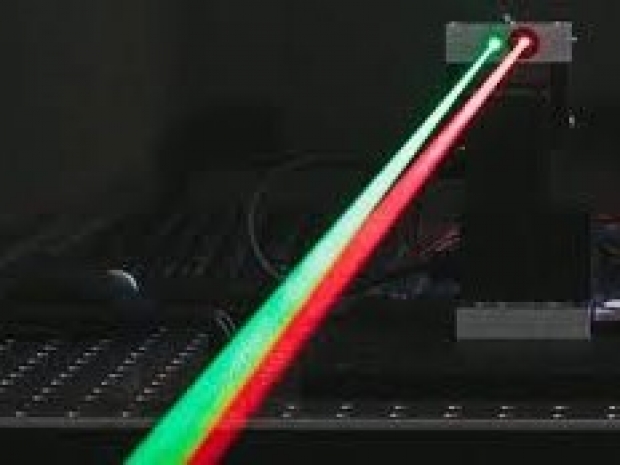Two new observatories are being built on Mount Wilson in California, and according to IEEE Spectrum: "they could house Facebook's first laser communications systems designed to connect to satellites in orbit."
Construction permits issued by the County of Los Angeles show that a small company called PointView Tech is building two detached observatories on the mountain peak. PointView is the company that IEEE Spectrum revealed last year to be a previously unknown subsidiary of Facebook working on an experimental satellite called Athena.
In April, PointView sought permission from the US Federal Communications Commission to test whether E-band radio signals could "be used for the provision of fixed and mobile broadband access in unserved and underserved areas."
That application was still pending at the FCC before the current U.S. federal government shutdown took effect, but it and other public documents and presentations now strongly suggest that PointView is planning to use laser technology, possibly both in Athena and future spacecraft.
Planning documents show that construction work on PointView's Mount Wilson observatories began in July and passed inspection in the middle of December. If the observatories are part of a laser satellite installation, they might use an optical ground station conceptually similar to the German company Mynaric. This transmits a laser beam up into the atmosphere for a drone -- or potentially a satellite -- to lock on to.
Facebook and the Mount Wilson Institute didn't comment, but the report does go on to cite scientific papers authored by Facebook researchers suggesting that the company is committing resources to orbital lasers.
"In a series of papers published in 2017 and 2018, engineers Raichelle Aniceto and Slaven Moro subjected multiple components, including an optical modem, to radiation similar to that experienced on orbit", reports IEEE Spectrum.




